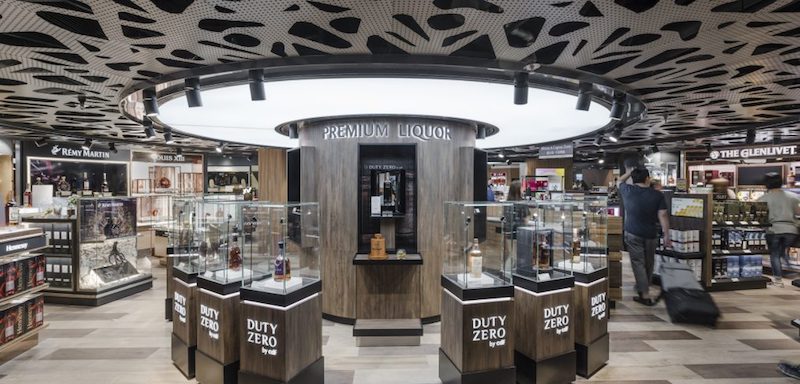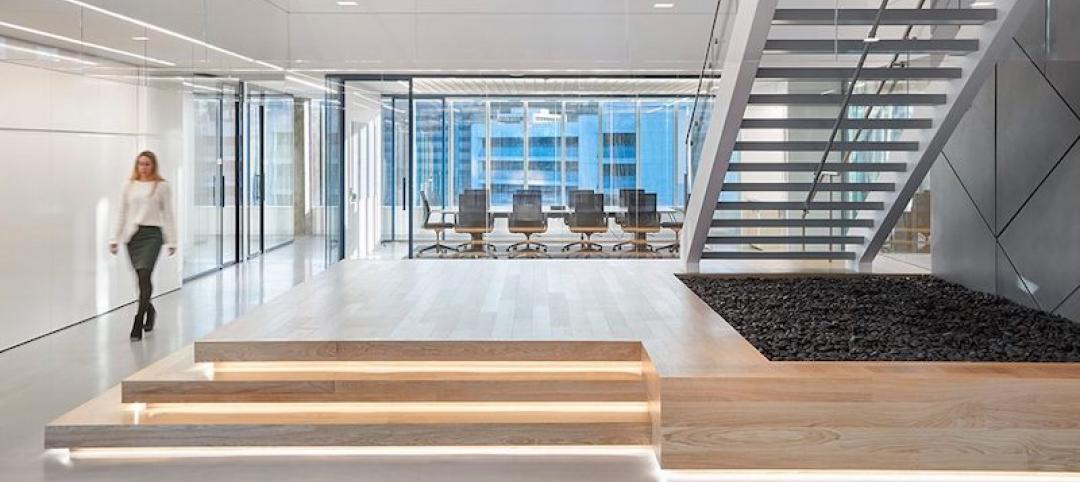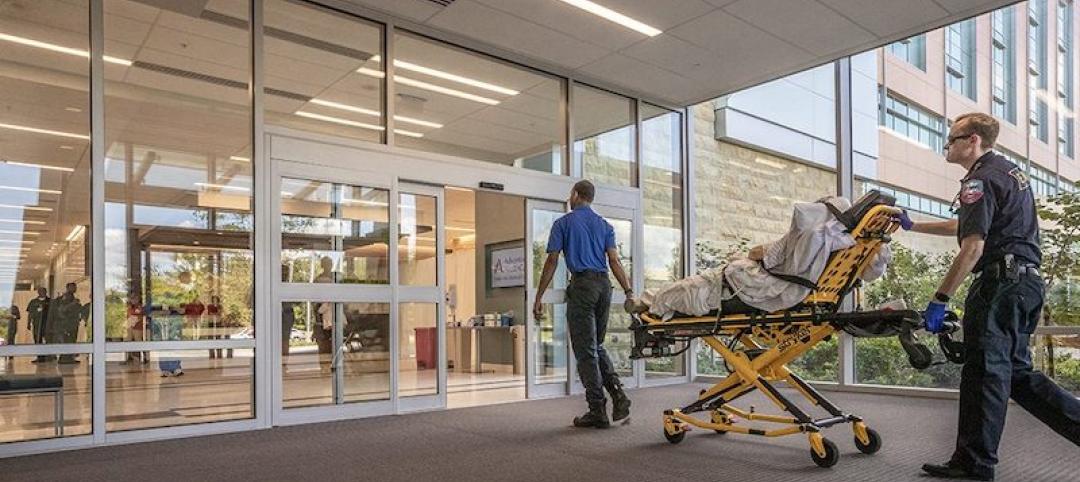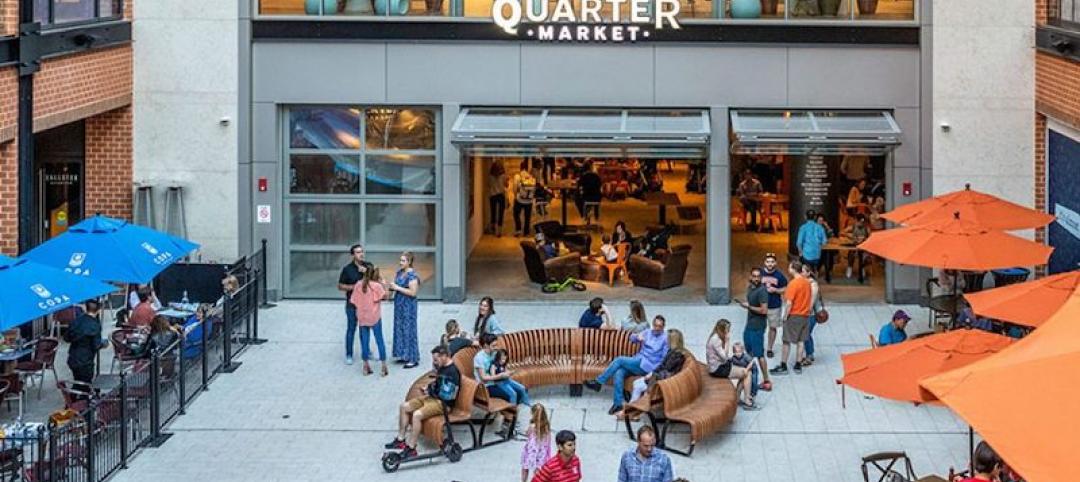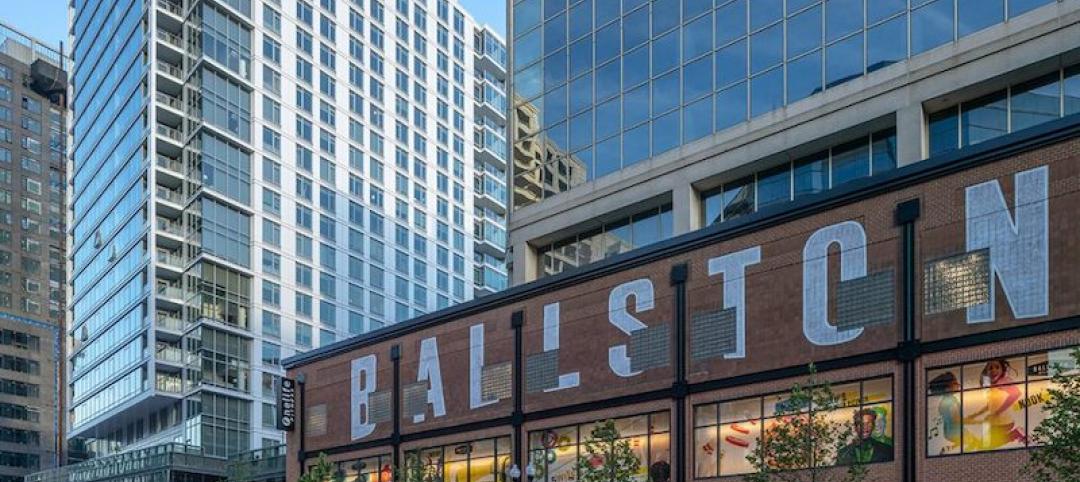Travelers are stuck in the airport for hours at a time. For retailers, that means a rare, captive audience not often found outside airport walls. It’s an opportunity to give travelers what they want—local food options, the chance to try on new makeup or souvenirs from local artisans and artists. Most airport retailers aren’t taking full advantage of this market, but they’re definitely feeling the pressure to provide more than just a tax-free bottle of wine and an extra-large Toblerone.
It’s a Generation Thing
Historically, travel has been considered a luxury. But in the eyes of many Millennials, travel has become a necessity and even a social currency. And wherever Millennials go, we know disruptors aren’t far behind.
According to the American Society of Travel Agents, Millennials take 44% more trips and holiday time than the average Baby Boomer (Source: Global Blue). They’re also 77% more likely to participate in bleisure: extending a business trip into a holiday. They value visiting new places and are re-writing the definition of luxury to focus more on experience and social capital over an upper echelon price point.
Generation Z isn’t that far behind. By 2020 they will make up 33% of the global community and will crave even more unique experiences. They are projected to have similar shopping habits to millennials, but they have higher expectations for the quality of a product and even less patience—they’re 60% less likely to use an app or site if it takes too long to load (Source: Global Blue). Expect these tendencies to spill over into their travel preferences as well.
Design is the Answer
So, what’s an airport retail brand to do? We’re working with a number of our clients on design strategies that will take them to the next level and engage more fully with the next generation of travelers.
Physically transforming the typical, cramped layout to be more shopper-friendly with wider aisles, a more generous flow, less crammed fixtures and a more diverse shop-in-shop experience is a great start. In addition, retailers should build in opportunities to take advantage of the social currency of travel by designing photo-worthy places and moments into their stores, all ready to be uploaded to social media along with the rest of their vacation photos.
Just as cities are rebranding to play up what makes them one-of-a-kind destinations, airports are moving away from national chains to local operators, working with local brands restaurateurs and artisans, and even exclusive pop-up stores that become a travel experience in and of themselves.
At Hong Kong International Airport, we reimagined the duty-free offering through the newly opened Duty Zero stores. In the flagship store location, 11 different zones reflect the various merchandise categories as well as the local context while customers experience curated moments like local high tea, a chateaux wine vault and a whiskey distillery, along with an iconic red Hong Kong taxi perfect for Instagram.
Technology is used throughout to engage customers including a digital sommelier in the wine vault where customers can place their chosen bottle on a digital media table, which pops up information about the winery, vintage and best foods to pair with it. These types of unexpected, immersive and streamlined tech experience leave a lasting impression on customers.
What’s Next?
Integrating tech into travel retail has its own challenges. In the travel retail world, where many operating rights are shorter than traditional leases and fit-outs are fast paced, the costs and infrastructure required for tech applications can be seen as problematic, but it also presents an opportunity. Retailers need to be smart about the types of technology they implement by thinking of applications that are useful and meaningful to their customer and allowing it to remain relevant over a period of time. Balancing the right amount of immersive tech in the built environment while using real-time data analytics to create better offerings for customers will pave the way for the future of airport retail.
Wherever you land in the world, expect to see more engaging, local retail experiences that may make you rethink what it means to spend time at the airport.
More from Author
CallisonRTKL | Dec 20, 2021
Digital nomads are influencing design
As our spaces continue to adapt to our future needs, we’ll likely see more collaborative, communal zones where people can relax, shop, and work.
CallisonRTKL | Jun 30, 2020
The great reset and our new work life
As many countries begin to return to the office, it’s a chance to ask ourselves: what do we truly value?
CallisonRTKL | May 4, 2020
How working from home is influencing design
The lessons learned in the next few months can help shape how we work and design in the future. For now, remote work is different – and our new normal.
CallisonRTKL | Feb 26, 2020
Sustainability in a material world
The concepts of embodied carbon, zero waste, and deconstruction and reuse often run on parallel tracks.
CallisonRTKL | Jan 30, 2020
The complex dance of healthcare transitioning
Hospital employees, though excited about technological advancements, are expected to navigate a new workplace and care for their patients at the same time, all while training on new equipment and navigating a new building.
CallisonRTKL | Jan 6, 2020
Retail re-invention: Five questions to ask
Why have some malls survived their long-predicted demise, thriving and bumping with new generations of shoppers, while others have been relegated to the ash heap of deadmalls.com?
CallisonRTKL | Aug 6, 2019
Saving the American mall in 5 steps
CallisonRTKL Vice President Marc Fairbrother explains how struggling American malls can turn it all around.
CallisonRTKL | May 29, 2019
Smart buildings can optimize wellness
Employees want wellness initiatives built into their work experience, especially when they’re in spaces that can leave them feeling stiff, stressed, and sick.
CallisonRTKL | Apr 5, 2019
2019 trends in the workplace
From retention and career advancement to the ethics of inclusion and diversity, these five trends will play a major role this year in design, strategic planning and workplace development.
CallisonRTKL | Jan 28, 2019
9 tech trends to track in 2019
Innovations in voice recognition, cognitive neuroscience, and biometrics are among the trending tech topics for 2019, according to CallisonRTKL's Kristin Tilley.

